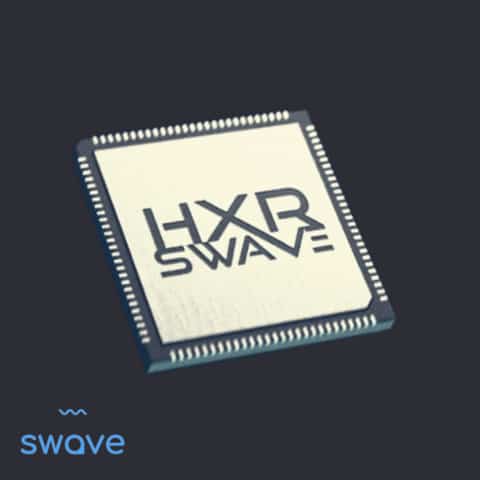Swave Photonics, a company specializing in display technology, has unveiled a significant advancement in the field of spatial computing. They have introduced what they claim to be the world’s first true holographic display technology, designed specifically for compact extended reality (XR) devices like augmented reality (AR) smart glasses.
Named Holographic eXtended Reality (HXR), this innovation boasts the creation of the world’s smallest pixel, measuring less than 300 nanometers in pitch. This breakthrough enables the generation of highly detailed, realistic 3D holographic images, promising users an immersive viewing experience.
Unlike conventional displays, Swave’s HXR technology utilizes Phase Change Material (PCM) as pixels, allowing for true 3D holography with up to 64 gigapixels. This approach aims to address common issues faced in the AR industry, such as discomfort caused by the vergence-accommodation conflict.
Orders are now open for Swave’s HXR development kits, offering device manufacturers the opportunity to explore the potential applications of this groundbreaking technology. With its ability to seamlessly integrate with various form factors, including AR smart glasses and automotive heads-up displays, Swave’s holographic display technology has the potential to transform multiple industries.
Founded in 2022 by Dr. Theo Marescaux and Dr. Dmitri Choutov, Swave Photonics has quickly gained recognition for its innovative approach to display technology. Backed by significant funding and grants, the company is well-positioned to drive further advancements in spatial computing.
According to co-founder Theo Marescaux, Swave’s technology aims to go beyond the realm of fiction, making true holography a reality for everyday users. With its focus on delivering immersive experiences without compromising comfort, Swave Photonics is set to redefine the future of spatial computing.







